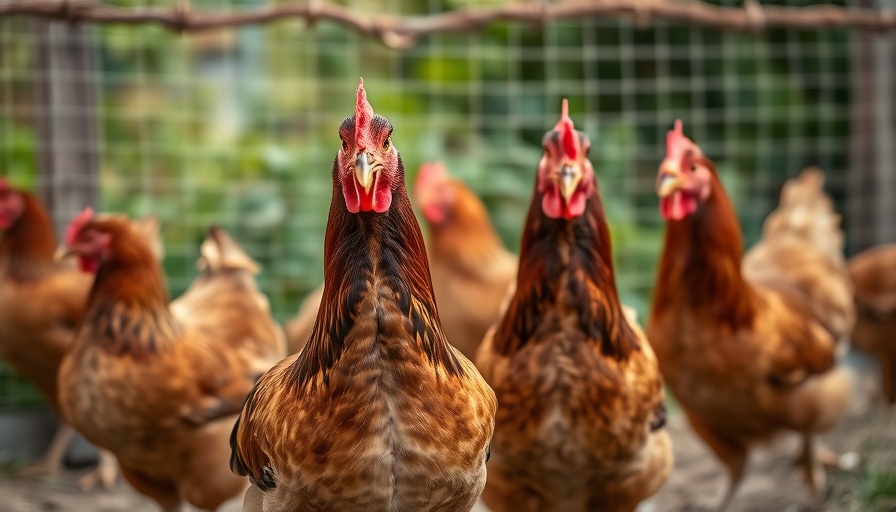
The Environmental Toll: Cormorants and Water Quality in Mendota Heights
Mendota Heights is facing an unusual challenge as it grapples with severe pollution issues tied to the local ecosystem. Each fall, a staggering number of cormorants, a migratory bird species, flock to the trees along Augusta Lake. While these birds are a part of the natural landscape, their droppings—over 14,500 pounds—have raised alarms among residents regarding the lake's deteriorating water quality. This situation places Augusta Lake at the top of the list of Minnesota's most polluting bodies of water, primarily due to the heightened phosphorus levels caused by the cormorants.
Why Understanding Pollution Matters
Environmental pollution, particularly from fecal matter, can lead to significant ecological imbalances. Excess phosphorus promotes algae blooms, which deplete oxygen levels in water and can result in fish kills. Consequently, the community is now left debating solutions to mitigate the impact of these birds while preserving the ecosystem’s integrity. Addressing this pollution is vital not just for local residents but for the overall health of Minnesota's waterways.
Community Action: Seeking Sustainable Solutions
Mendota Heights residents have begun rallying together to discuss potential strategies for addressing the cormorant population and its effects on Augusta Lake. Some proposals include habitat modifications to discourage cormorant nesting and educational campaigns to raise awareness of the broader impacts of bird droppings on water quality. Residents hope that by collaborating with environmental experts, they can create a sustainable plan that balances wildlife preservation with ecological health.
Engaging Perspectives: The Balance of Nature
While many focus on the cormorants' impact as negative, it's important to remember that these birds are key players in the ecological scene. They have their role in the food chain and are indicators of a healthy ecosystem. Understanding their behavior, migration patterns, and ecological roles provides an opportunity for deeper discussions about how humans and wildlife can coexist harmoniously in urban environments. Insights from these interactions may lead to innovative strategies that can result in mutual benefits for residents and wildlife alike.
 Add Row
Add Row  Add
Add 




Write A Comment